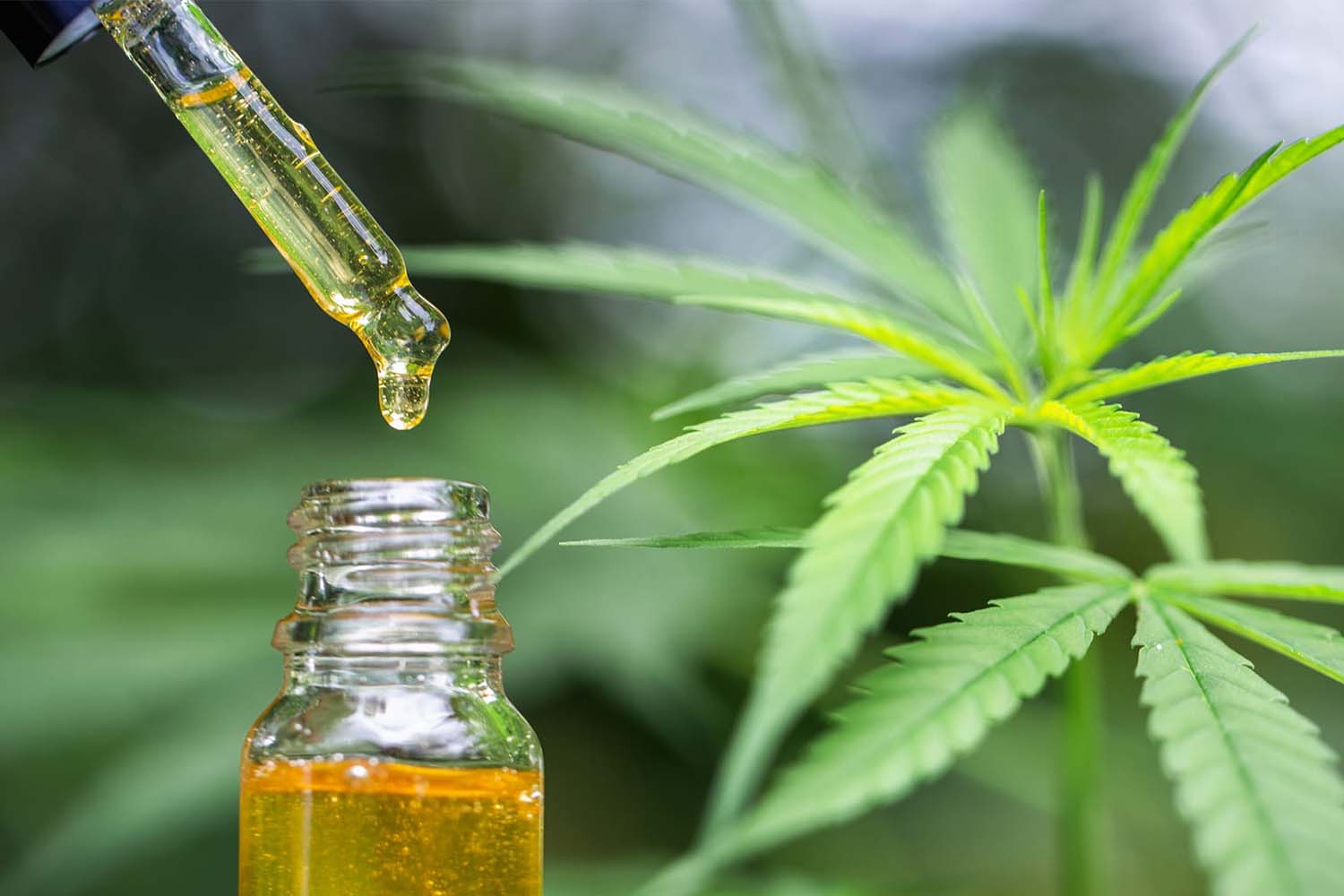The risk of Legionella bacteria is one aspect that should never be overlooked when maintaining a safe and healthy environment. Legionella is a harmful bacteria that can cause serious respiratory illness known as Legionnaires’ disease. In order to prevent the spread and protect the health and safety of individuals, conducting a Legionella risk assessment for your water systems is of utmost importance.
This blog highlights the significance of Legionella Risk Assessment, its key components, and the steps to ensure the safety of your premises.
Understanding Legionella Risk
As a property owner or manager, it is crucial to understand the risks associated with Legionella bacteria. Legionnaires’ disease is a potentially fatal cold-like disease that can develop when people inhale small droplets of contaminated water.
Legionella bacteria
Legionella bacteria thrive in water systems, especially under warm and stagnant conditions, leading to Legionnaires’ disease – a severe respiratory condition. Though commonly found in natural freshwater bodies like lakes and rivers, they are equally prevalent in man-made water systems like hot water tanks, cooling towers, and plumbing systems. Therefore, proper identification and preventative measures against these bacteria in water systems are essential. It can multiply and spread through aerosolised droplets, which can be inhaled by individuals, leading to respiratory infections.
The risk of this disease can be significantly reduced by conducting regular Legionella Risk Assessments and implementing appropriate management measures. Water testing and system maintenance also play a vital role in preventing potential outbreaks. Investing in training services for you and your staff can ensure that everyone understands the importance of Legionella Risk Assessment and how to manage and mitigate risks effectively.
Don’t neglect the safety of your property and occupants; take proactive measures to reduce the risk of Legionella outbreaks today.
Key Components of Legionella Risk Assessment
Site Inspection
We take the safety of your water systems and facilities seriously. Our engineers conduct rigorous site inspections to assess potential risks related to Legionella bacteria. Assessing water temperature, system design, water storage, and areas prone to water stagnation helps identify potential threats.
We utilise top-of-the-line testing equipment and methods to ensure your water management system is up-to-code and safe. Count on us to keep your water systems up-to-code and secure.
Water Sampling and Analysis
Effective water management is crucial in preventing the outbreak of Legionnaires’ disease. To achieve this, water sampling and analysis are employed to detect the presence and concentration of Legionella bacteria. By collecting water samples from multiple points within a system, professionals can determine the risk level associated with each water source. The good news is that the data obtained from this testing provides valuable insights for determining necessary control measures to prevent the spread of Legionella bacteria.
However, with the right water sampling and analysis techniques, professionals can proactively protect stakeholders from the harmful impact of Legionnaires’ disease.
Hazard Identification and Risk Evaluation
In any workplace or project, it is essential to identify potential hazards that may risk the safety and health of the individuals involved. This is where hazard identification and risk evaluation come into play. The process involves a thorough assessment of possible hazards, considering all factors that affect the risk level. This includes the potential susceptibility of individuals, the likelihood of exposure, and the severity of consequences. The primary objective of this assessment is to prioritise control measures that can mitigate identified hazards and prevent accidents or incidents from occurring.
By implementing effective control measures, employers can ensure their employees’ well-being while maintaining a safe and productive work environment.
Control Measures
Control measures are a crucial aspect of managing the risks associated with Legionella contamination. Based on the findings of an assessment, appropriate measures are implemented, which may include temperature monitoring, regular cleaning and disinfection, implementing water treatment protocols, and ensuring proper maintenance of water systems. Successfully managing these control measures is essential for ensuring safe and healthy environments in properties where Legionella may be present. Water testing and staff training are important in implementing these measures.
With a professional approach and a comprehensive understanding of the necessary control measures, the risks associated with Legionella can be effectively minimised and managed.
Ensuring Compliance and Safety
By conducting regular Legionella Risk Assessments, you not only protect the health and safety of individuals but also ensure compliance with legal requirements and guidelines. In many countries, including the UK, regulations mandate the assessment and control of Legionella risks in certain settings, such as workplaces, healthcare facilities, and residential accommodations. Failure to comply with these regulations can result in legal consequences and harm to individuals.
Legionella test is a legal requirement in the UK.
Regular legionella Risk Assessments are essential to comply with Health and Safety Legislation at Work Act 1974, COSHH, and other relevant regulations. Adhering to the HSE’s HSG 274 Legionella guidelines is crucial for effective control. Therefore, ensure the safety of your water systems by prioritising regular assessments and following recommended guidelines.
Seeking Professional Assistance
Given the complexity and specialized nature of Legionella Risk Assessment, it is highly recommended to seek the expertise of qualified professionals. Since the legionella risk assessors possess the knowledge, experience, and equipment to conduct comprehensive assessments, they can provide expert recommendations for control measures. Moreover, they guide you through the entire process, from initial assessment to ongoing monitoring and compliance. Protecting the health and safety of individuals should be a top priority in any environment, so Legionella Risk Assessment plays a vital role in achieving this goal.
By identifying and controlling potential sources of legionella contamination in your property, you can minimise the risk of Legionnaires’ disease and ensure a safe and healthy environment for everyone. Click here to learn more about LRA. Remember, prevention is always better than cure for safeguarding against this dangerous bacteria. So, prioritise Legionella Risk Assessment, comply with regulations, and consult professionals to ensure the utmost protection of health and safety.
If you require a Legionella test at a London property, Serviceteam Ltd is your go-to. Contact us for a prompt response via email, and take advantage of domestic and commercial quotes at competitive prices. Our team of assessors offers site-specific guidance to ensure the safety of your tenants and employees.
Call Service team Ltd to provide a trustworthy Legionella risk assessor in London.







